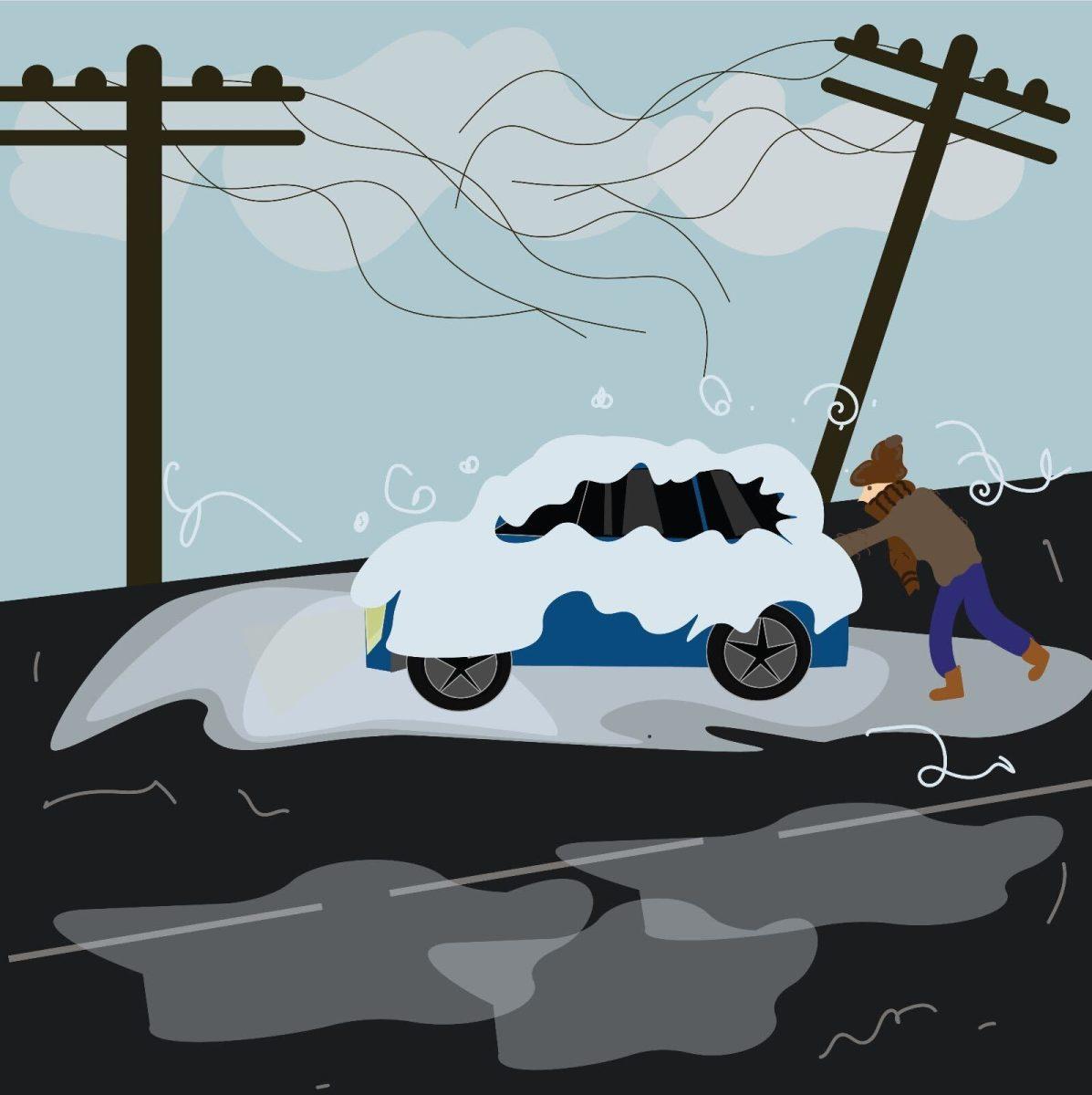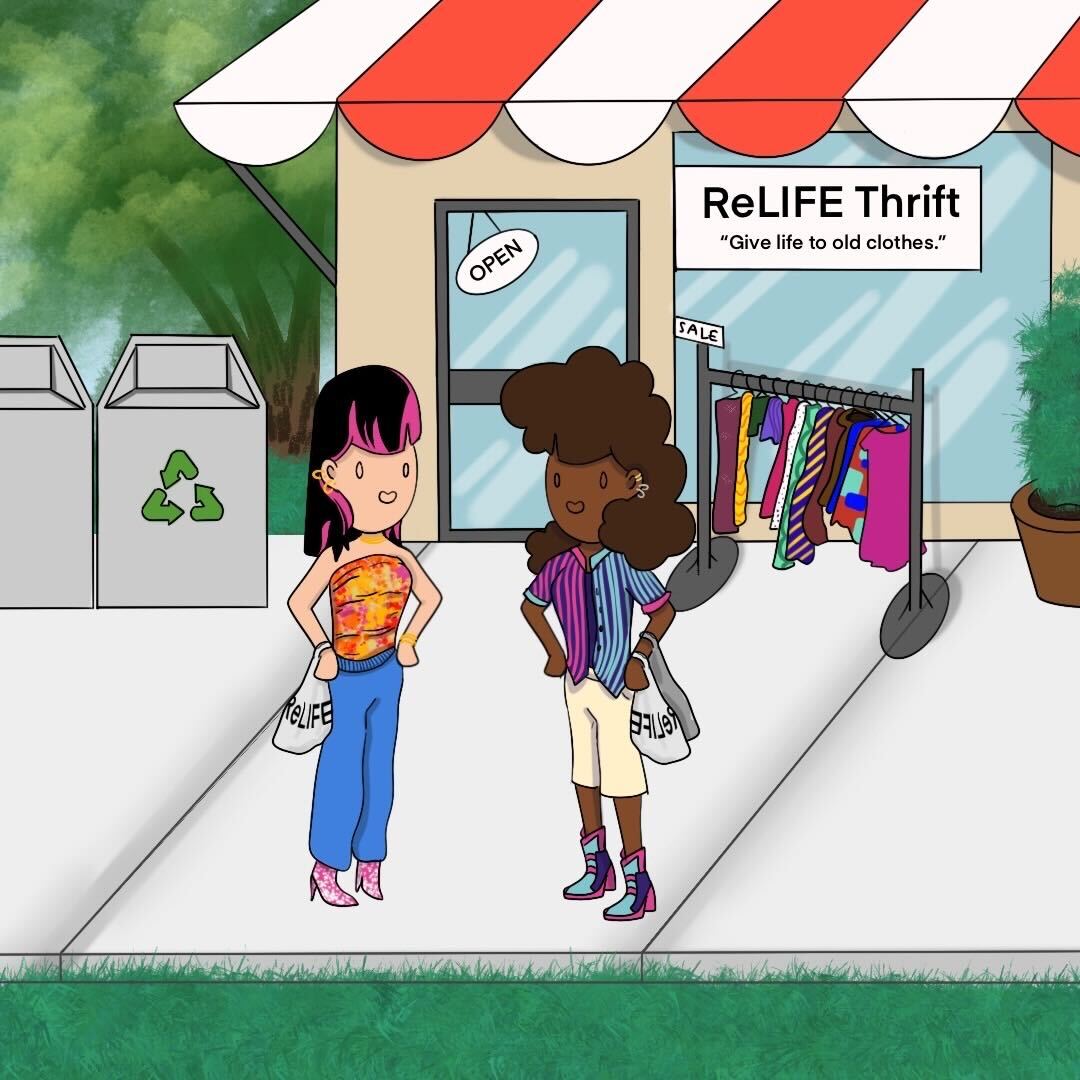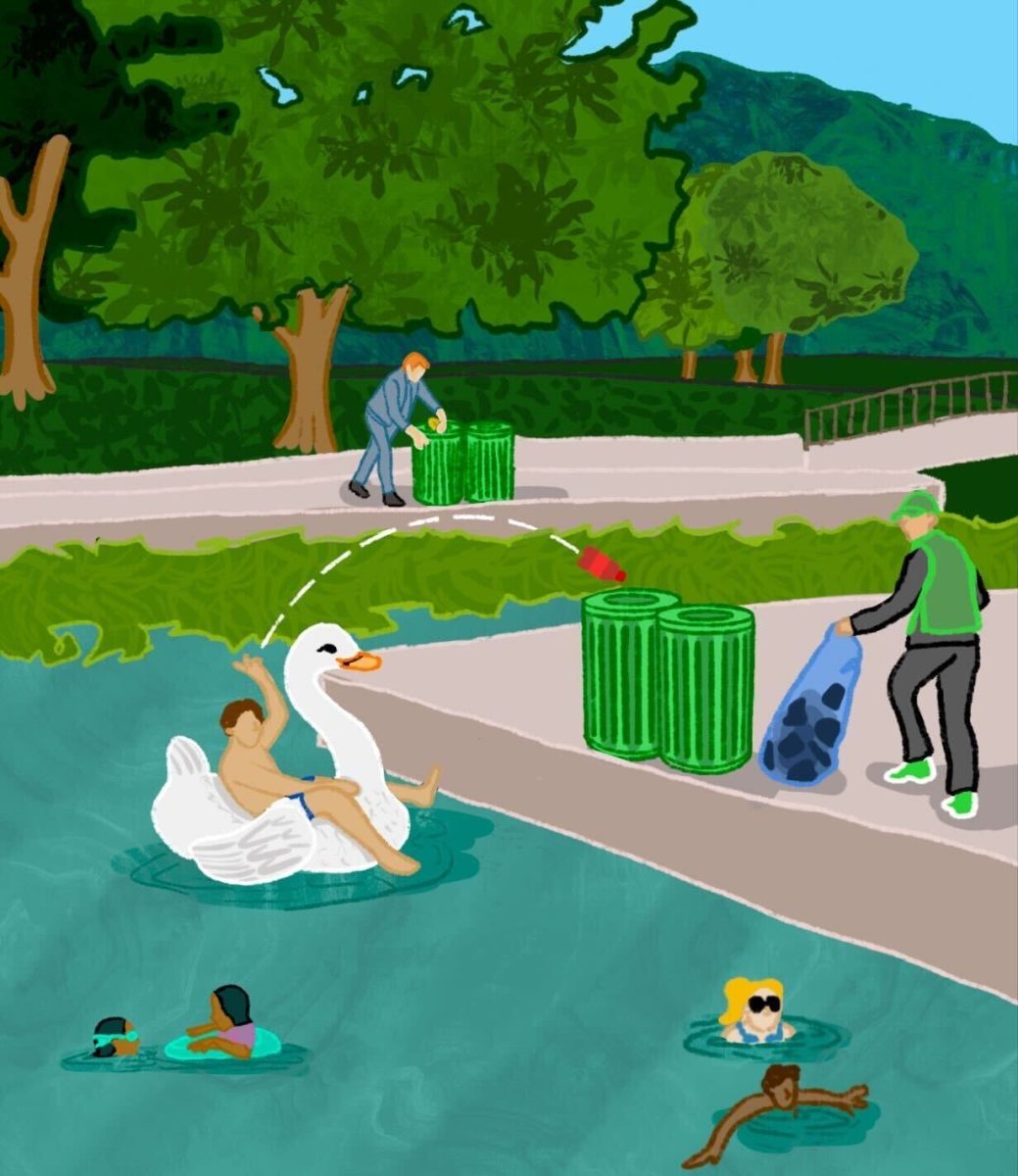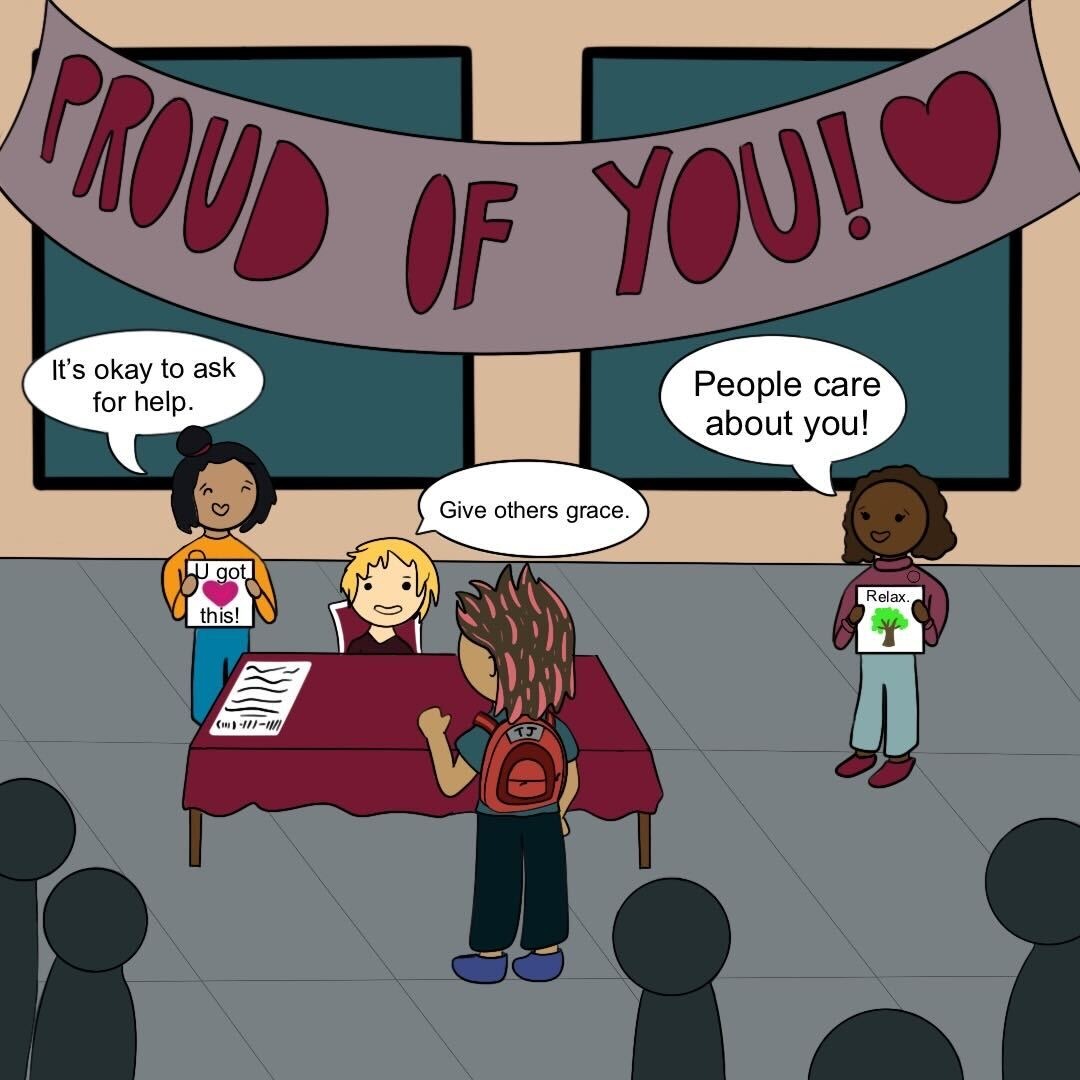In December, Texas experienced its second winter storm. With temperatures reaching the single digits, Texans found themselves cold even in the safety of their own homes. For those without places to stay, the conditions only worsened.
While some private citizens banded together to support local shelters and provide more opportunities for lower-income people, landlords and private housing companies exacerbated the issue by increasing rent prices. In turn, they were placing further strain on the shelters and the social safety net designed to prevent situations such as these from arising.
Increasing rent in times of physical and economic struggle coupled with the lack of meaningful action from any level of government has resulted in a much harder path to safety for local homeless populations, especially during extreme weather events . More than 400 public school students in Hays County were accounted for by one homeless shelter, the H.O.M.E. Center, in 2022. With the strain on shelters becoming more prevalent, the responsibility lies at the foot of our lawmakers to take care of their constituents.
In the last year, activist groups and civil rights organizations are beginning to question their lawmakers’ effectiveness at curtailing the issue and getting people without homes the help they need. For example, in Dallas, a lawsuit was filed by the Texas Civil Rights Project against the city and its police force regarding a new policy that heavily fines anyone found loitering in most public spaces. The organization, made up of Texas lawyers and advocates, argues that fining those who cannot afford homes effectively criminalizes poverty. Unfortunately, Dallas is not alone in enacting policies like this; they have rapidly spread throughout central Texas.
For the last two years, more has been done in central Texas to criminalize homelessness than has been done to solve it, spearheaded by local propositions and the statewide camping ban, HB1925. Local conservative leaders applauded the effort, but the outcomes of these policies resulted in far more displacement and difficulty surviving for displaced people in the area. Although San Marcos is better than most of central Texas on these policies, there have been efforts to reinstate bans and enforce them more heavily.
Anti-homeless legislation has undoubtedly hurt those affected the most after the COVID-19 eviction moratorium ended. After evictions based on rent payments were reinstated, landlords heavily raised the rent on low-income housing across the country. Restricting access to affordable housing to recuperate losses from the pandemic resulted in a significant displacement of lower-income families and individuals, who then had to seek sanctuary in nearby homeless shelters. Again, this departure from private housing would have consequences, this time on the shelter for this situation.
In Hays County, there are few shelters for the displaced to turn to even in dire instances such as the December winter storm or the evictions reinstatement of months prior. In addition, KXAN reported the funds of arguably the most visited shelter and preparation centers in Hays County, the H.O.M.E. Center, have taken a severe hit in the last few months.
The H.O.M.E. Center, which has helped over 300 families in 2022 alone, is reportedly closing its doors due to a lack of revenue to pay for staff and operations. This unfortunate news also comes at a time when the homeless population in Hays County is rapidly increasing at an unsustainable rate for any shelter. Even without the surge in homeless people, local shelters in the county are running out of funds that rely heavily on donations.
Pressure from landlords and interest groups has taken policies such as rent control or expanding public housing off the table in Texas. However, such an effort is possible to fight for; although imperfect, these policies would inevitably free up strain on the shelters and the individuals who need them. Rent control would give those in a financial bind one less bill to worry about, and public housing expansion would allow those who cannot afford to house a path to stability not previously present.
Central Texas interest groups, such as Save Austin Now, the proponents of 2022’s homeless camping ban, voiced a common argument that people without homes are dangerous and harass innocent by-passers. Although this may be true from an anecdotal perspective, there is very little evidence to suggest this behavior pattern is present in all or even most homeless populations.
Panhandling does happen, and in some instances, can be very direct and demanding, but this alone does not mean the solution is to ban them from doing so. It places people without housing in more danger of extreme weather and displacement. Instead, attacking the problem at the source is a much more sustainable solution to ending homelessness. Refusing to allow those with the ability to exploit would lead to better opportunities to get out of poverty.
Homeless people and the impoverished in Texas are struggling, yet the action our government has taken at all levels seems to be targeting their only lifelines. Homeless shelters are overrun in central Texas as evictions and displaced population numbers surge throughout the region. There are solutions to these problems. It will take a joint effort between the public and government officials with integrity. In light of the recent extreme weather in the region, homeless people need all the help they can get.
-Kien Johnson is a sociology freshman
The University Star welcomes Letters to the Editor from its readers. All submissions are reviewed and considered by the Editor-in-Chief and Opinion Editor for publication. Not all letters are guaranteed for publication.
Opinion: Texas needs a new approach to homelessness
Kien Johnson, Opinions Contributor
January 18, 2023
0
Donate to The University Star
Your donation will support the student journalists of Texas State University. Your contribution will allow us to purchase equipment and cover our annual website hosting costs.
More to Discover











